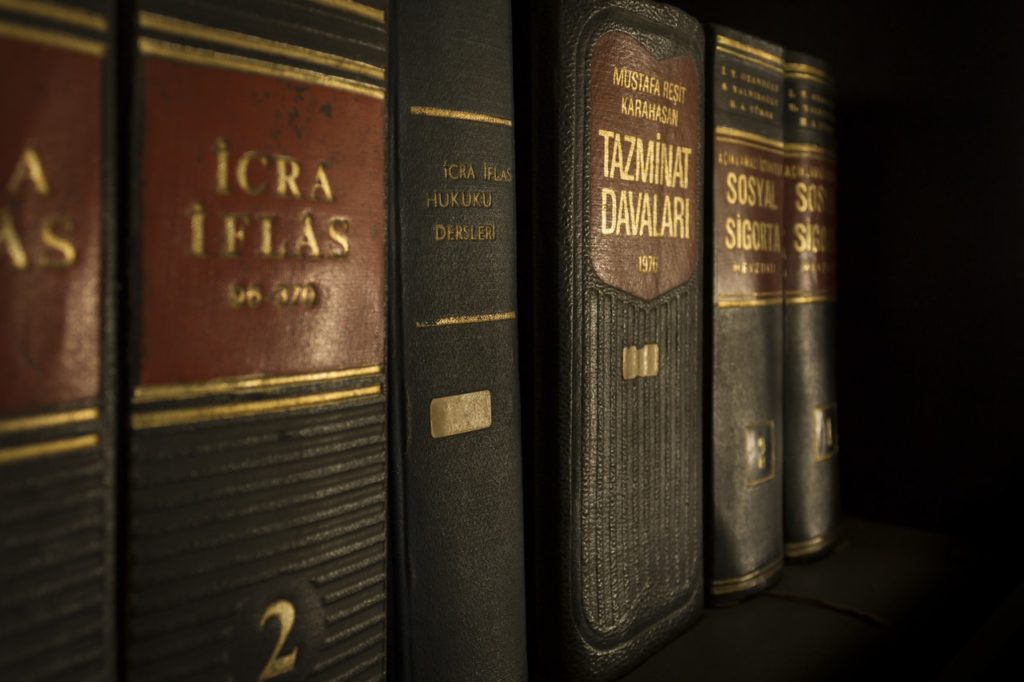Today, many personal injury cases are usually solved without the need for a lawsuit.
Ideally, all the injured person needs to do is submit a claim to the insurance company of the person or organization responsible. The individual can also negotiate a fair price and resolve the claim. However, this isn’t always the case. More often than not, insurance companies make an offer far less than the worth of the claim. Sometimes, they even deny their client’s responsibility for the injury.
In such cases, the only way left to do is get the compensation you deserve through a lawsuit. In this article, we’ll provide you with a summary of what happens when you file a lawsuit and all the events that follow.
Critical Steps to Litigation in Court
Step 1
To file a lawsuit, you’ll need to start off by sending a document (known as a complaint) to the Court.
Your complaint is drafted in and served with the clerk of an appropriate Court. The clerk creates a file and assigns it a corresponding case number.
Step 2
A private process server or the Sheriff’s office then obtains the complaint. They serve the documents to the specified defendant (the individual or group for whom the lawsuit is filed) to begin litigation.
Step 3
The insurance company (of the defendant) hires an attorney who drafts an answer in response to the complaint. ;
Step 4
This part of the process is termed the “interrogatories.” The plaintiff (the one who is filing the lawsuit) will have to write up a series of questions and requests on the defendant. These questions are termed “interrogatories.” Interrogatories focus on the sole process of “discovery.” In simpler terms, interrogatories aim to learn more information about the defendant. They also focus on how the defendant narrates the incident that occurred and any defenses they might have to add to explain their side of the story.
Each defendant summoned must (with the help of their attorney) answer the plaintiff’s requests and questions in detail.
This process also works the other way around. The defendants also get a chance to send a list of interrogatories to the plaintiff.
Both parties have a limited period to respond to the questions and document requests.
Excellent and experienced attorneys help their clients draft responses to the interrogatories to be accurate and precise. The plaintiff’s responses are all given under oath (this is done by signing a notarized affidavit).
Step 5
The Court then sets the case on trial. Both of the parties must agree to the trial date according to the Court’s calendar, their own availability, and the availability of their employees.
People book court dockers months in advance. Thus, a trial date might even occur before completing the “discovery process” in some circumstances. ;
Step 6
Both litigation parties have a right to take depositions (in-person interviews under oath, where a transcriptionist notes down everything said). The main reason for a deposition is to find out what information a particular party or witness knows regarding the trial and what they are likely to say at the trial. A deposition is beneficial for both parties. Through deposition, the plaintiff’s side can make the defendant attest to how the incident took place exactly.
On the other hand, the defendant’s side can make the plaintiff attest to the incident and other related aspects, such as the plaintiff’s injuries, background, work history, and medical history. Furthermore, each party owns the right to depose the other.
Step 7
As the trial edges closer, lawyers speed up their work in gathering all the necessary evidence to succeed in Court.
If the insurance company continues to deny the claims or does not extend reasonable offers, then a trial becomes incumbent.
A personal injury attorney visits the plaintiff’s family, co-workers, friends, the investigating officers, and any other witnesses who may appear in Court before the trial.
Step 8
The plaintiff’s case is conducted in Circuit Court. A jury of seven people is selected from the community the Court is based in.
In the end, the jury renders the verdict. If the jury gives a verdict result favoring the plaintiff, then the individual is fully compensated for their injuries and losses by the insurance company.
This is only a brief overview of the entire process. In reality, there’s a lot more that goes on behind the scenes (which are usually handled by attorneys). It is important to note that there’s always an option for both parties to negotiate a reasonable settlement, even during the course of litigation. However, it is always better to fully prepare for each case, for there are always cases that require a trial simply to get the best possible results.




